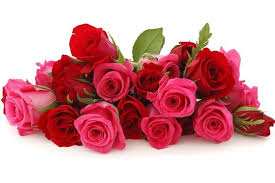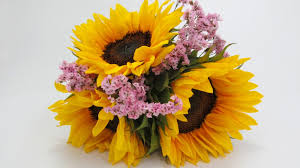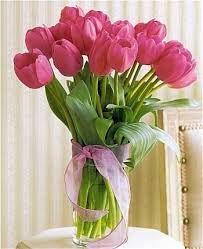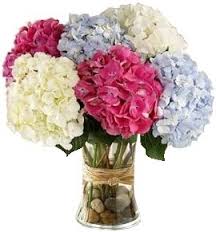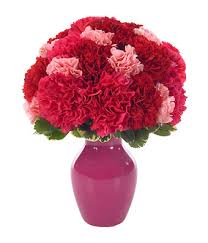Valentine’s Day is approaching. Did you ever think of what your flowers saying? In the Victorian Era, flowers had secret meanings that expressed sentiments of love, lust, adoration and even rejection. This secret language still exists today. This Valentine’s Day don’t let your flowers send the wrong message! Learn the past and present meanings of today’s most popular flowers.
Roses: Roses have and will always stand for one thing: love. More specifically, everlasting love. But this Valentine’s Day, forget the outdated red rose (blah) and opt for a softer color. A bouquet of fresh and lovely pastel pink, red or apricot garden roses, says “I love you” in the most romantic way.
Peony: Before their recent popularity explosion, peonies were known as “the poor man’s rose” because of their lower price tag. In Victorian times, they symbolized shame or bashfulness. Today, peonies are among the most expensive and in-demand flowers on the market. A bouquet of these delicate, aromatic blooms shows your appreciation of beauty and tells the recipient that you want to give her the very best.
Sunflowers: With its hardiness and vibrant color, the sunflower is a testament to its namesake, the sun. To indigenous Americans, this edible plant was a major food source. But to aristocratic Victorians, a gift of these bright blooms pledged admiration and loyalty to the recipient. Today, sunflowers symbolize laid-back joy and pure happiness. Make a statement with a large bunch of these cheery stems or arrange loosely with other wildflowers for a sweet, bohemian look.
Tulip: Because of their simplistic beauty, tulips once symbolized love and cheerfulness. The red or pink variety stood for perfect love while the yellow variety told a lover that his or her smile was beautiful. Today, tulips represent comfort and ease because they’re easily recognized and elegant without being flashy. These simple flowers make a sweet gift for a family member or long-term significant other.
Hydrangea: This large, water loving flower had a dual meaning in the 19th century. A single hydrangea symbolized vanity and boastfulness while a bouquet said “Thank you for understanding.” The hydrangea is one of the most commonly used flowers in modern arrangements because it is bold, beautiful and adds fullness to a design. A gift of hydrangeas is a testament to your good taste. Just make sure they’re fresh! Wilted hydrangeas are the worst.

